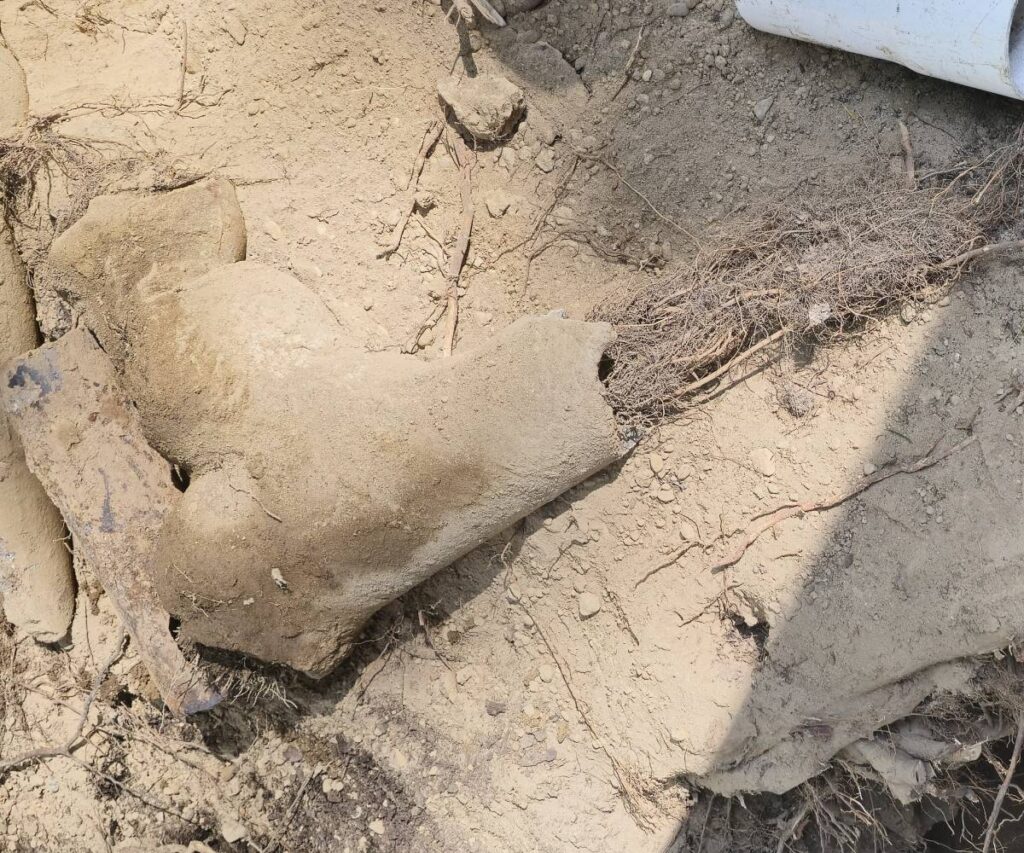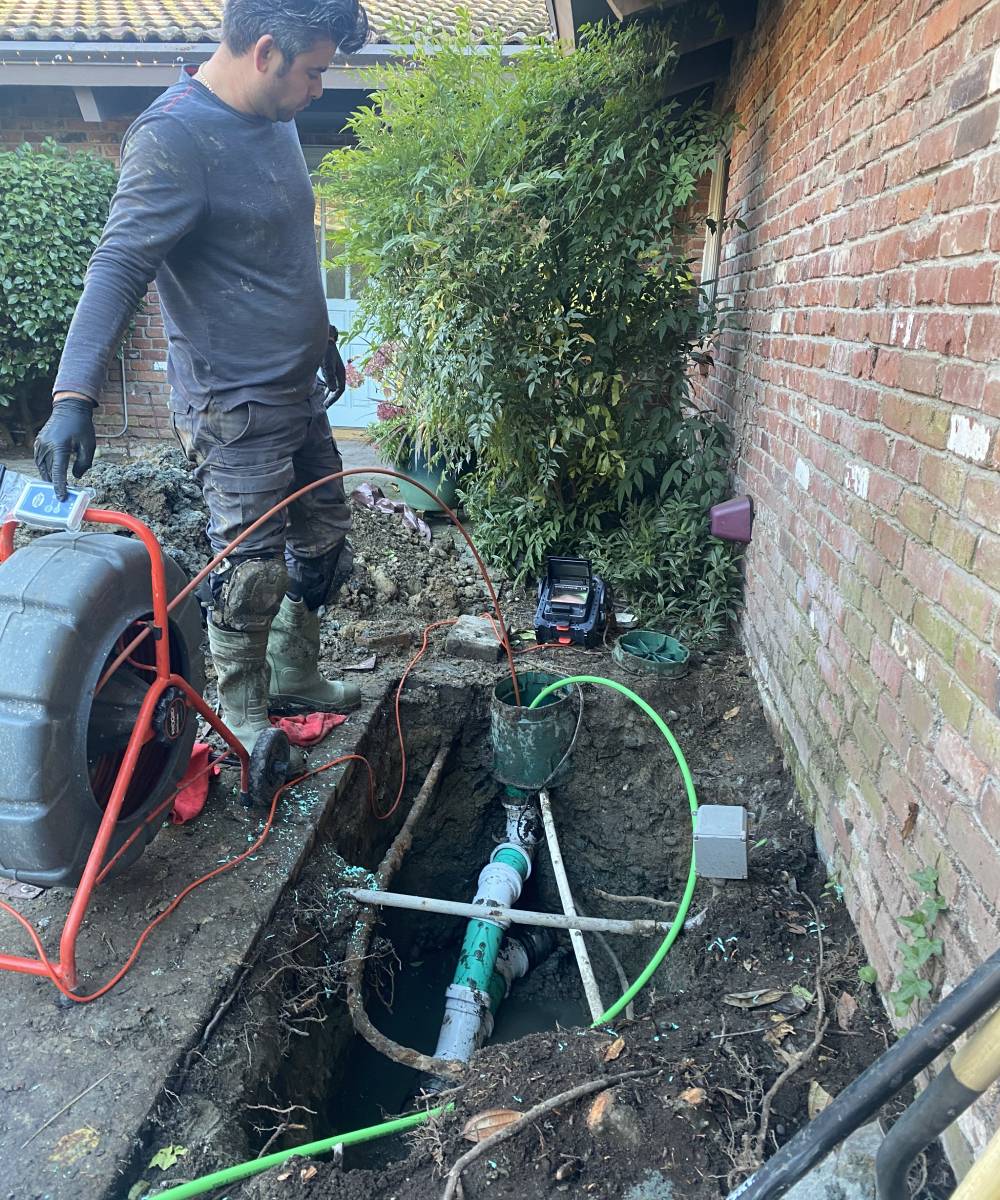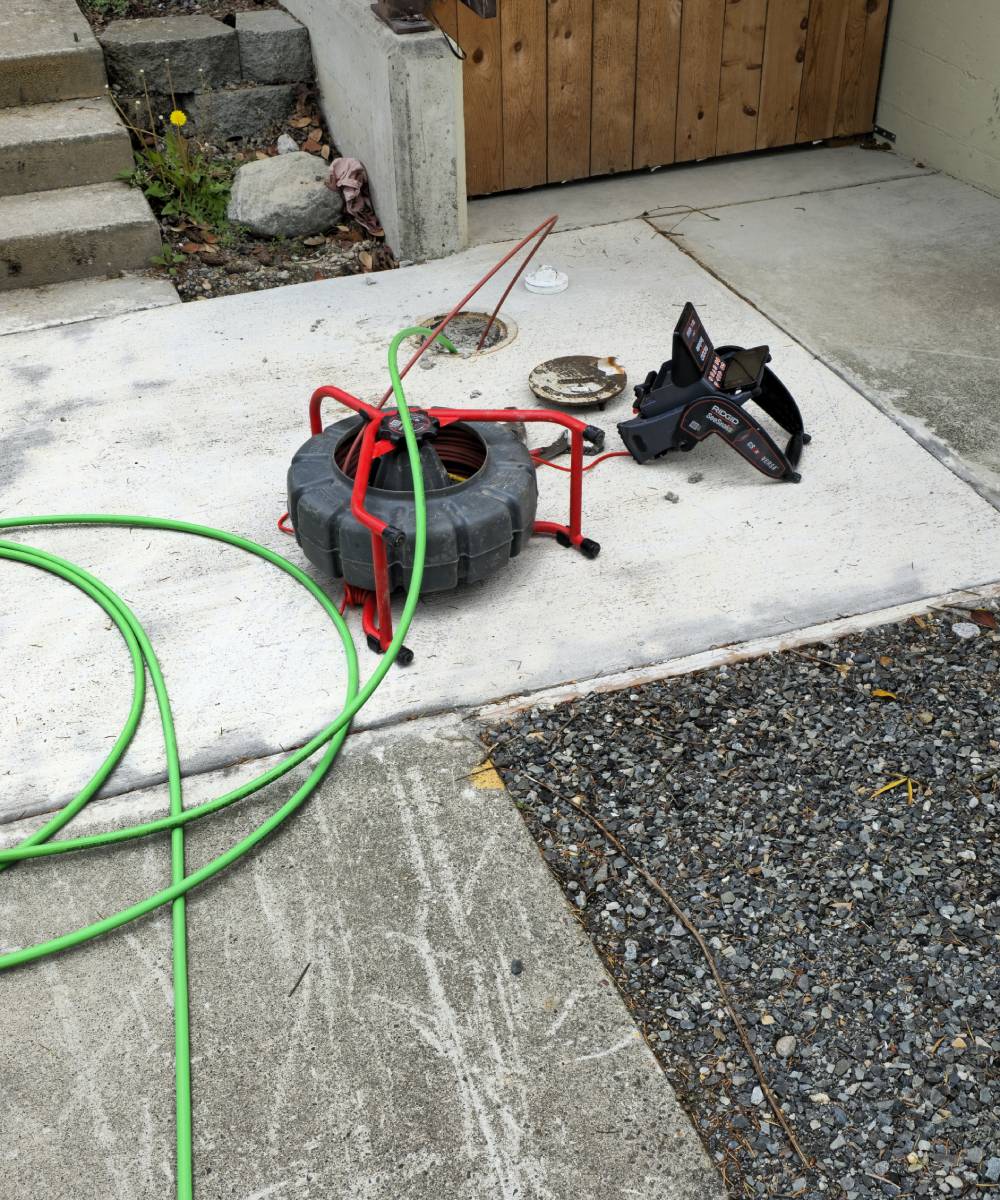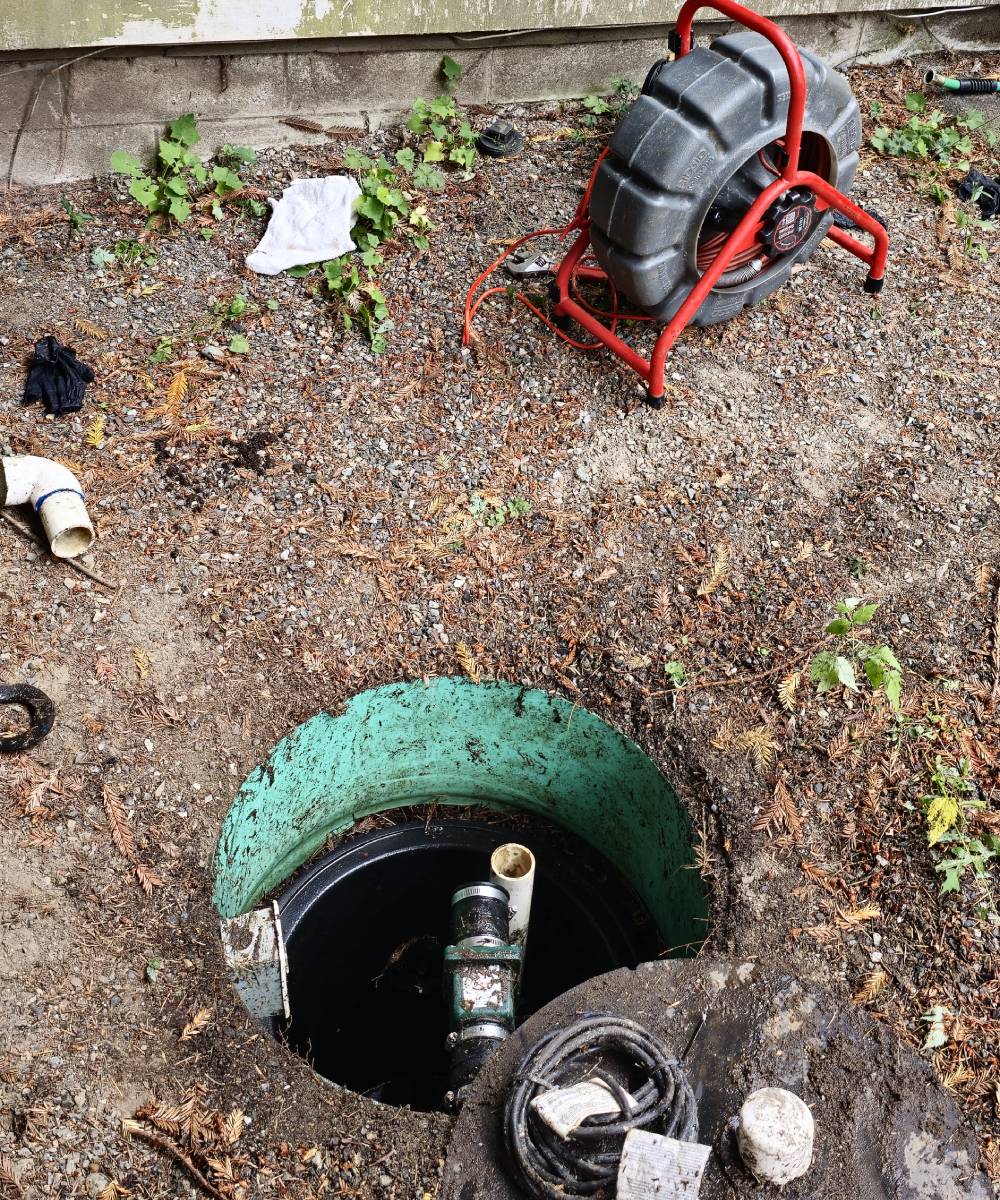Trenchless sewer replacement is a low-impact solution for waterfront properties, using methods like pipe bursting and CIPP lining to repair or replace sewer lines without extensive digging. Perfect for Seattle’s erosion-prone shorelines, it preserves landscapes and complies with strict environmental regulations. For a deeper dive into techniques, benefits, and local considerations, continue reading.
Introduction to Trenchless Sewer Replacement
Waterfront properties in Seattle, nestled along Puget Sound or Lake Washington, face unique plumbing challenges due to aging infrastructure and sensitive ecosystems. Traditional sewer repairs, which involve extensive digging, risk destabilizing shorelines and violating environmental regulations. Trenchless sewer replacement, a plumbing innovation, offers a smarter alternative. By accessing pipes through small entry points, it repairs or replaces lines using durable materials like high-density polyethylene (HDPE) or epoxy liners, preserving your property’s natural beauty. This guide, crafted with expertise from years in Seattle’s plumbing industry, explores how trenchless solutions like AR trenchless repair protect waterfront homes.
Sewer Line Challenges in Waterfront Properties
Waterfront locations amplify sewer issues due to environmental factors that stress underground systems.
Erosion and Soil Instability
Seattle’s waterfront soils, often clay or silt-heavy, are saturated by tides and rainfall, causing pipes to shift, crack, or collapse. Leaking sewers accelerate erosion, threatening property stability and increasing flood risks during storms.
Environmental Regulations
Properties near Puget Sound or other waterways are subject to strict Seattle Public Utilities (SPU) and Puget Sound Partnership guidelines. Excavation near shorelines requires permits to protect salmon habitats and wetlands, making trenchless methods a compliant, low-impact choice.
How Trenchless Technology Works
Trenchless technology uses advanced tools to repair or replace sewer lines with minimal surface disruption, ideal for pipes 4-12 inches in diameter, common in residential settings.
Pipe Bursting Method
Pipe bursting involves inserting a bursting head through a small access pit to fracture the old pipe outward while pulling in a seamless HDPE replacement. This corrosion-resistant material thrives in waterfronts’ high-groundwater conditions.
Cured-in-Place Pipe (CIPP) Lining
For repairs, a resin-soaked liner is inverted into the existing pipe and cured with UV light or steam, forming a durable, watertight shell. CIPP enhances flow and is perfect for tight-access waterfront lots.
Other Innovative Techniques
Slip lining inserts a smaller HDPE pipe into the existing one, sealed with grout. Spray-on epoxy coatings fix minor cracks. These methods adapt to complex pipe layouts in older Seattle homes.

Benefits of Trenchless Sewer Replacement
Trenchless methods align with the eco-conscious ethos of Seattle’s waterfront communities, offering practical and sustainable advantages.
Minimal Landscape Disruption
With only small access pits, trenchless repairs preserve lawns, docks, and native vegetation, avoiding the erosion risks of traditional trenching.
Time Efficiency
Most projects are completed in 1-2 days, compared to weeks for excavation, minimizing disruption to your home or rental property.
Long-Term Durability
HDPE and epoxy materials last 50-100 years, resisting corrosion from tidal exposure and seismic shifts common in the Cascadia Subduction Zone.
The Process: Step-by-Step Guide
A certified trenchless process ensures precision and compliance.
Initial Inspection
A high-resolution camera snake maps the pipe’s condition, identifying cracks or blockages in about 30 minutes to confirm trenchless suitability.
Preparation and Execution
Small pits (2×2 feet) are dug at pipe endpoints. Bursting pulls the new pipe through, while lining involves inserting and curing the resin liner, typically in 4-8 hours.
Post-Installation Verification
A final camera inspection and pressure test verify the repair’s integrity. Minimal backfill restores the site with native soil to prevent settling.
Trenchless vs. Traditional Methods
| Aspect | Trenchless Sewer Replacement | Traditional Excavation |
|---|---|---|
| Invasiveness | Minimal (1-2 small pits) | Extensive (full trench) |
| Timeline | 1-2 days | 1-4 weeks |
| Landscape Impact | Low; preserves vegetation | High risks of erosion require restoration |
| Durability | 50-100 years (HDPE/epoxy) | 40-60 years (PVC/clay) |
| Waterfront Suitability | High; eco-friendly, regulatory compliance | Low; high environmental impact |
This comparison underscores trenchless superiority for Seattle’s sensitive waterfronts.
Seattle-Specific Considerations
Seattle’s unique geography and regulations shape trenchless applications.
Puget Sound Regulations
SPU and state laws mandate minimal shoreline disruption. Trenchless methods, requiring only small pits, streamline permitting and protect aquatic ecosystems.
AR Trenchless Repair Innovations
Augmented reality (AR) tools overlay digital pipe maps on-site, boosting accuracy in foggy or cramped waterfront settings. This plumbing innovation cuts error rates significantly, per industry standards.
Maintenance Tips for Longevity
- Inspect annually with a camera to catch early issues.
- Install root barriers near trees to prevent intrusion.
- Use enzymatic cleaners, not chemical drain solutions.
- Monitor for slow drains or gurgling, signaling potential problems.
Conclusion
Trenchless sewer replacement is a game-changer for Seattle’s waterfront homeowners, blending plumbing innovation with environmental care. By tackling erosion risks and regulatory hurdles, it ensures your property remains pristine and functional. For expert Seattle sewer replacement, turn to KnightRooter. Our team leverages cutting-edge AR trenchless repair to deliver fast, eco-friendly solutions. Visit knightrooter.com for a free consultation and secure your waterfront home’s future.
Explore More Resources
For more information on sewer line maintenance and repair, visit our service pages:
- Trenchless Replacement Everett
- Trenchless Replacement Edmonds
- Trenchless Replacement Seattle
- Trenchless Replacement bothell
- Trenchless Replacement Kirkland
- Trenchless Replacement Lynnwood
- Trenchless Replacement Woodinville
- Trenchless Replacement Snohomish
- Trenchless Replacement Bellevue
AFQ
1. Is trenchless suitable for all waterfront sewer lines?
Most lines qualify, but severe collapses may need hybrid approaches. Inspections confirm feasibility.
2. How long does the process take?
Typically 1-2 days, depending on pipe length and access.
3. Can trenchless work with septic systems?
Yes, it integrates without requiring full system replacement.
4. How durable are trenchless repairs?
Materials last 50-100 years, ideal for Seattle’s seismic and tidal conditions.
5. Are permits required in Seattle?
Yes, but trenchless simplifies compliance with minimal excavation.
For professional and fast drain cleaning Bothell, drain cleaning Seattle, and drain cleaning Bellevue, contact KnightRooter. Our team is ready to provide the best solutions for your drain issues.





No comment yet, add your voice below!